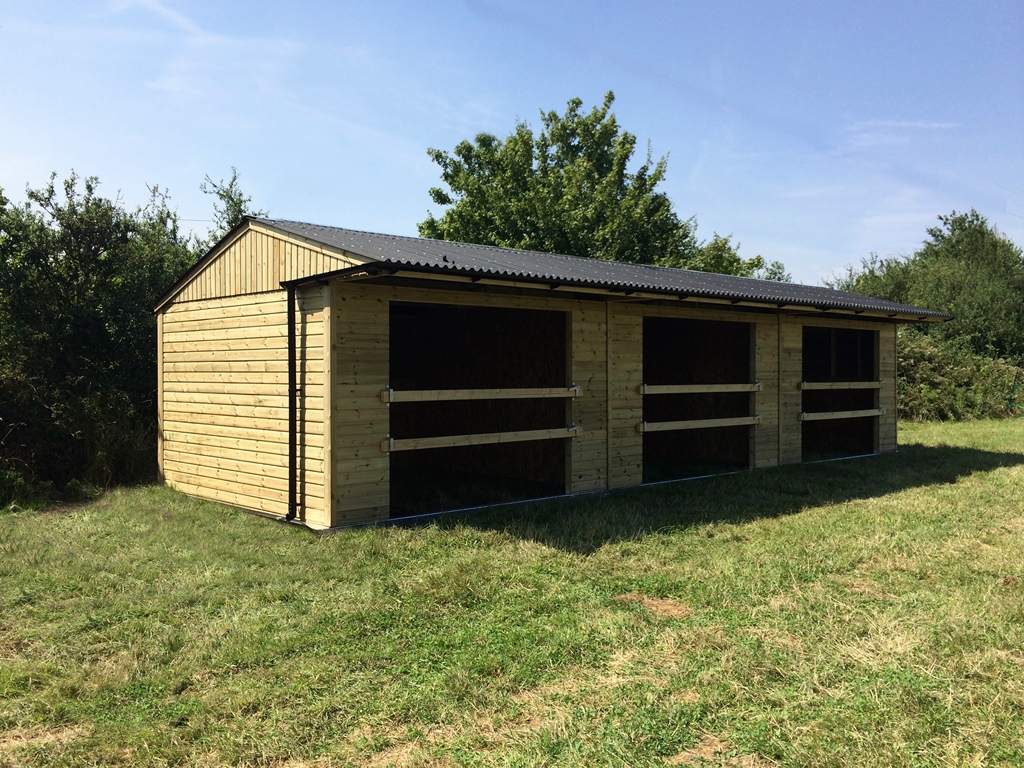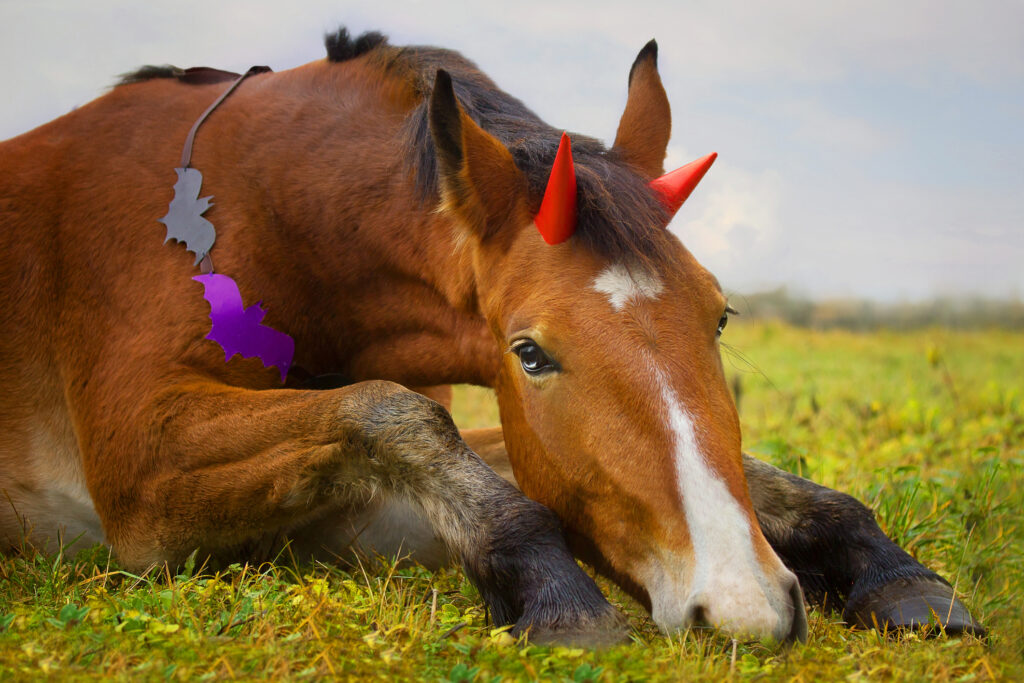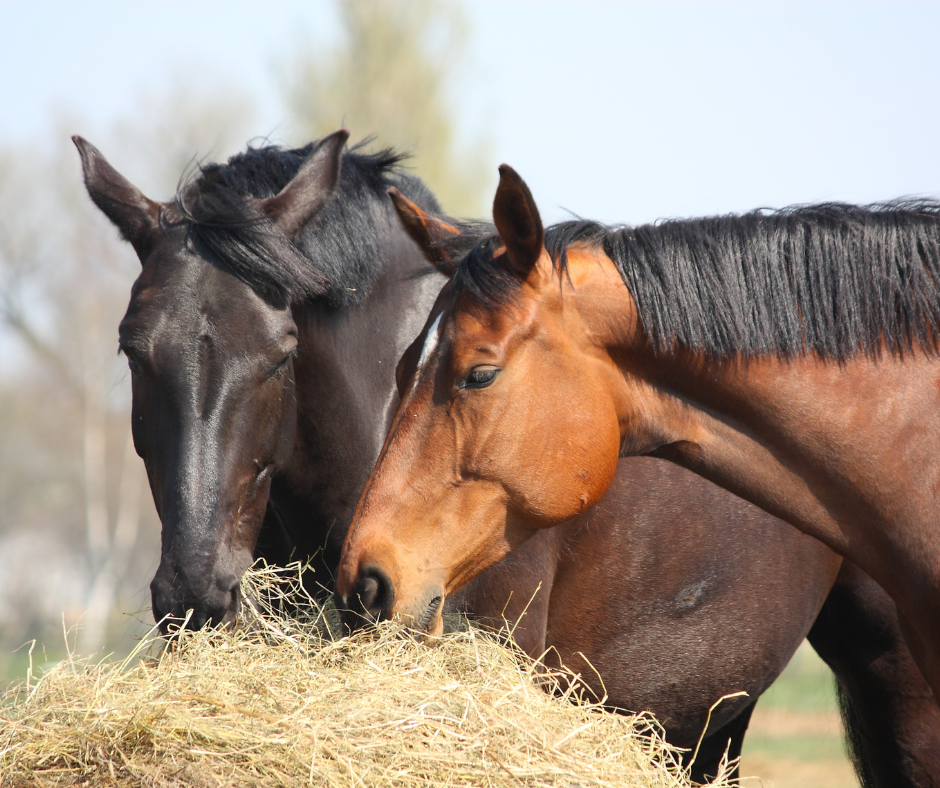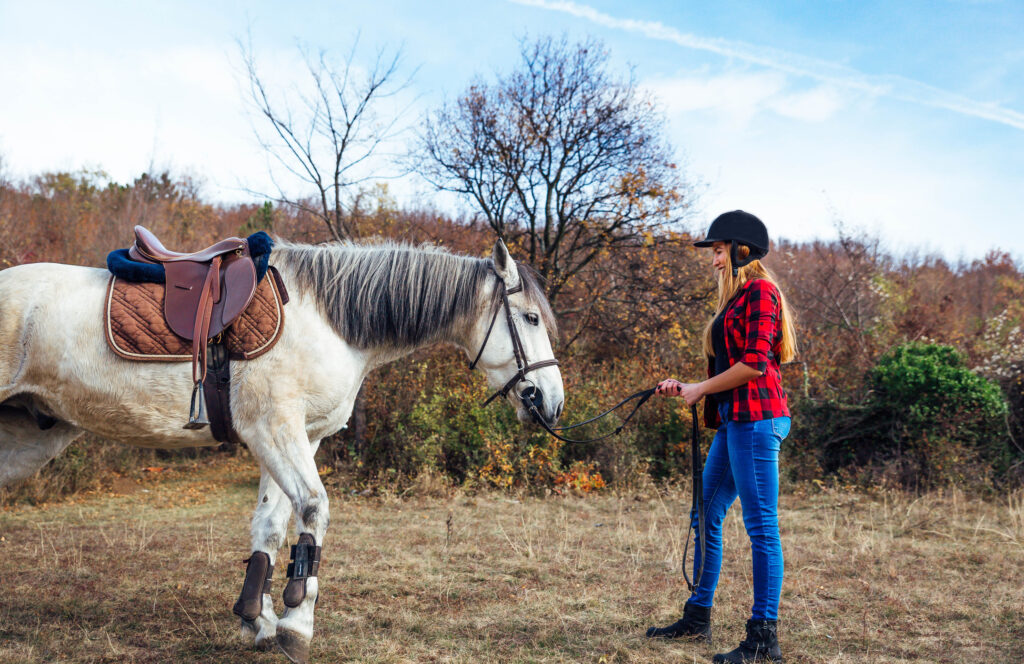Not all horses will require accommodation or a stable. They can live outdoors if they can find protection from the prevailing winds, the summer sun, and bugs. Depending on the environment, weather, and the type of horses you keep, a shelter may be required, and a timber field shelter is one of the best solutions!
Horses of less hardy stock (such as thoroughbreds), young, or old, may need stable housing or other forms of shelter to keep them safe from the cold, damp, or scorching weather. Any horse may require stabling on short notice; therefore, planning for installing your field shelter should be done before an emergency occurs.
The size of enclosed shelters must accommodate the number of horses in the field, ideally with the addition of a fenced-in and hard-surface area for more roomy and adaptable living quarters. Access widths and ceiling height should be considered for the types and sizes of horses that will be housed.
Where to place the Field Shelter?
Horses and ponies require a clean, dry, weather-protected, and secure place to live. Field shelters offer protection from the wind and rain, but they also offer shade for your horses to cool off in the summer and some relief from flies.
Whatever kind of shelter is utilized, it should be placed in a well-drained part of the field and positioned to protect from prevailing winds.
Shelters should be well-built, devoid of sharp edges or protrusions that could injure people and horses. They must be securely fastened to the ground to lower the possibility of the buildings shifting, being pushed by horses, or being blown over in violent winds.

Our tips for placing your Field Shelter are:
– Position the field shelter next to a hedge to protect it from the wind.
– Placed the shelter far enough away from fences and gates. There will be plenty of space for horses to enter and exit freely and cleaning the shelter will be easier.
– Avoid putting the field shelter in an area that floods or gets a lot of rain during the fall and winter; if at all feasible, choose a location with good drainage.
– You have the added advantage of being able to move occasionally away from the muddy regions if you have chosen a mobile field shelter. Make sure to re-anchor your mobile field shelter in its new location after moving it.
– It is recommended to spend some time investigating this, but one of the most crucial things is to face the field shelter away from the prevailing wind. The best method to understand this is by paying attention to the wind.
Documenting the wind direction every day for a while is the best technique to figure out the direction of the predominant winds. This can be accomplished by:
1. Position a weathervane.
2. Keep track of the local weather reports. Some weather stations offer long-term data to identify monthly or yearly wind forecasts.
3. On occasion, a wind rose plot can be used to depict the wind.
At Jon William Stables, we offer a range of field shelters, mobile or static, of the highest quality. If you are interested, please fill out our enquiry form with the details of your requirements or phone us at 01380 850 965 to speak with one of our professionals!




